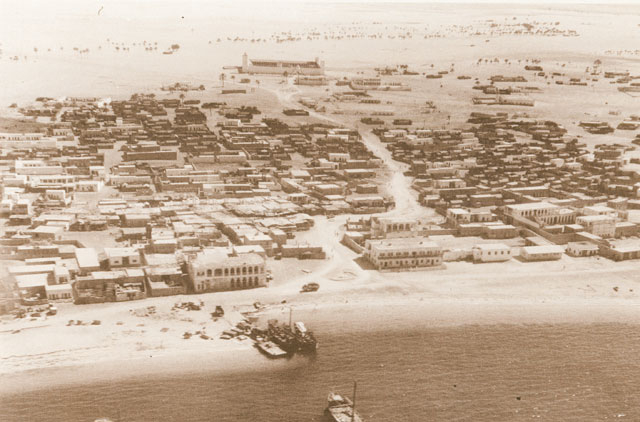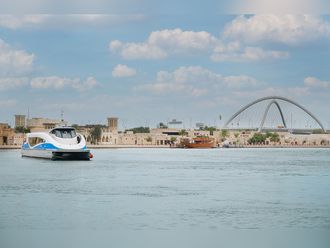
Abu Dhabi:
The long-standing Qasr Al Hosn is witness to the development of an entire civilisation, and preserving it for future generations is crucial to safeguarding the heritage and legacy of Abu Dhabi.
An extensive conservation project was therefore begun in 2007, with the aim of eventually adapting the building for future use.
“The building is very precious so delicate means of conservation are being taken,” Mark Powell Kyffin at the Abu Dhabi Tourism and Culture Authority (TCA Abu Dhabi) told Gulf News.
“We also want to preserve the structure as much as possible so that future generation can tell that it has evolved over a period of time,” he added.
The first part of the conservation involves condition surveys of the building, including an assessment of the state of the structure at present.
Every single step of the building’s evolution over time must also be researched and recorded. This is done both by studying the building’s façade, as well as by collecting the oral histories related to Qasr Al Hosn.
“Local peoples have different oral histories that have to be collected to identify the various stages of its evolution,” Kyffin said.
When asked about the lack of formal documentation about the structure, Kyffin said this is a challenge that must be overcome as part of every conservation initiative.
“Every project lacks some amount of documentation. But we have the best opportunity to find it because we have a physical building that we can explore. It is also a joy to question how the various steps in its evolution came about because these enquiries themselves teach us about traditional trades, construction materials and how people lived,” he said.
Once the building has been adequately studied, the TCA Abu Dhabi will identify what manner and what use is best for the building.
“We are doing our utmost to ensure that we have a detailed conservation management plan. This plan will follow Unesco charters on conservation, which state that any adaptive reuses of the space must ensure that the proportion, shape and materiality be maintained, and that all changes be reversible,” Kyffin explained.
While there are not yet any definite plans for the adaptive reuse, a formal notification will be made in the near future.
One of the building’s previous uses, for example, was as a centre for documentation and research in the 1980s.
“We can see evidence in the façade of concrete works done in the 1980s when the building changed its use from a palace to a centre. For example, windows were blocked up and the traditional windcatchers, known as barjeels, were converted into windows to provide light,” Kyffin explained.
The current restoration of the structure will require a stabilisation of the existing works.
“We also have to be careful in sourcing the materials for the restoration because the ones used to construct the original structure are no longer biologically sustainable. It would of course be ideal to use the same materials, such as coral stones and seashells used in the building blocks. However, these materials are often protected and it is unethical to use them. So the UN Charter allows us to find alternative but similar construction materials,” he added.
If similar alternative materials are used, they will also allow future generations to differentiate between the original construction and work done during this period, thus depicting its evolution once again, the TCA Abu Dhabi architect said.













